How School-Based ABA Services Help Students with Autism Thrive
Unlocking Potential: The Role of ABA in Schools


Understanding School-Based ABA Therapy
Applied Behavior Analysis (ABA) therapy is a cornerstone in the support of children with autism within educational settings. This scientifically validated approach employs a variety of techniques designed to improve social, communication, and behavioral skills. When utilized in schools, ABA therapy helps foster an inclusive environment where students with autism can thrive academically, socially, and emotionally. This article delves into the transformative impact of ABA therapy on school experiences for children with autism, emphasizing collaboration, tailored interventions, and evidence-based strategies.
Defining ABA Therapy in Schools
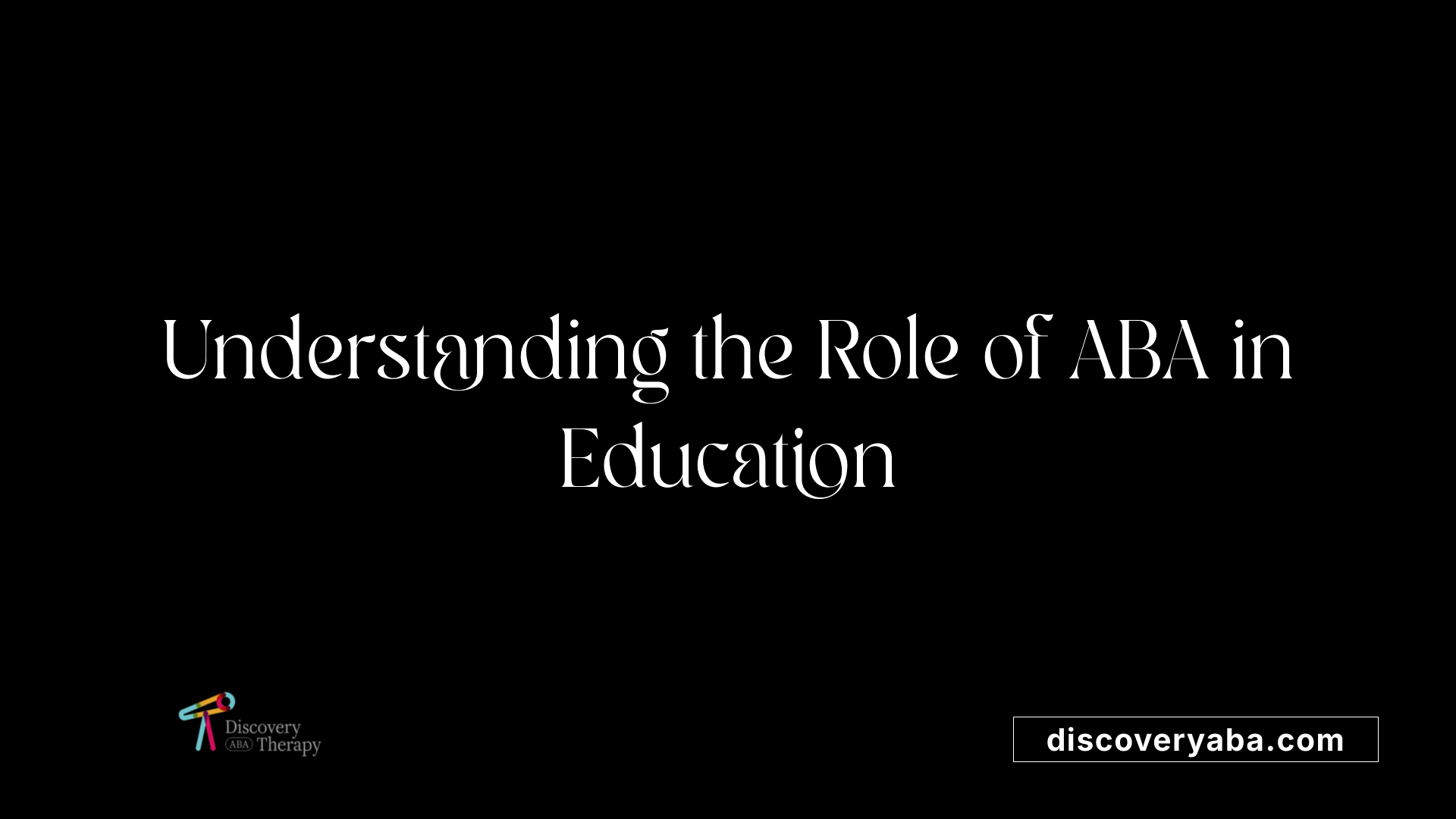
What is ABA therapy in a school setting?
ABA therapy in a school setting revolves around the application of Applied Behavior Analysis principles tailored specifically for students with autism and other developmental needs. This versatile approach is crucial as it aids in enhancing both learning and social skills through structured interventions.
Understanding Functional Behavior Assessments (FBAs)
A cornerstone of ABA therapy in schools is the Functional Behavior Assessment (FBA). An FBA identifies challenging behaviors exhibited by students, helping educators understand their triggers and motivations. This process leads to the development of targeted interventions that are crucial for successful educational experiences. By knowing why certain behaviors occur, tailored strategies can be crafted to support each child's unique learning needs.
Collaboration with School Staff
Collaboration is essential for effective school-based ABA therapy. Qualified professionals, like Board Certified Behavior Analysts (BCBAs), work in tandem with teachers and staff to create individualized behavior intervention plans (BIPs). These plans document specific strategies and goals designed to address each child's behaviors. By fostering a cooperative environment among specialists, teachers, and families, the implementation of ABA techniques becomes harmonious, creating a supportive framework for the child’s growth.
In conclusion, ABA therapy in schools is pivotal in creating an inclusive educational environment. It not only empowers educators with the necessary tools and strategies but also ensures that neurodiverse students receive the tailored support they need to thrive.
Educational Therapies for Autism

What educational and school-based therapies are used for autism?
Educational therapies for autism focus on a variety of approaches designed to foster effective learning and social interaction. Over the past four decades, these methods have evolved significantly, incorporating tactics such as antecedent-based interventions, modeling, and social skills training. Influenced by historical developments in psychoanalytic theories and behavior analysis, pioneers like Ivar Lovaas laid the groundwork for Applied Behavior Analysis (ABA).
ABA therapy stands out as a prevalent method in schools, as it systematically reinforces positive behaviors while addressing challenging ones. This approach includes key components like tailored educational plans (IEPs) and personalized learning strategies to ensure that each child's unique needs are met. Therapists work closely with teachers to integrate these skills into daily classroom activities, fostering an inclusive environment.
Recent trends indicate a shift toward inclusive education, with around 40% of autistic children spending 80% or more of their time in general education settings as of 2018. This reflects a broader understanding of the importance of integrating diverse learning needs within standard educational frameworks. The National Academy of Sciences highlighted the necessity of evidence-based practices and appropriate intervention intensity to achieve measurable educational progress.
Despite substantial advancements, challenges persist, particularly in bridging the gap between research and practical application. Innovative strategies, such as the development of ‘iSciences,’ aim to enhance the implementation of effective interventions in schools. These initiatives provide essential support to educators, helping them adapt teaching techniques that benefit not only autistic students but the entire classroom community.
| Educational Therapy | Key Strategies | Impact on Students |
|---|---|---|
| ABA Therapy | Positive reinforcement, individualized plans | Improved independence, skill acquisition |
| Social Skills Training | Role-play, peer interaction techniques | Enhanced social engagement, reduced anxiety |
| Emotional Regulation | Coping strategies, visual aids | Better emotional control during school |
Accessing ABA Therapy Through School Districts
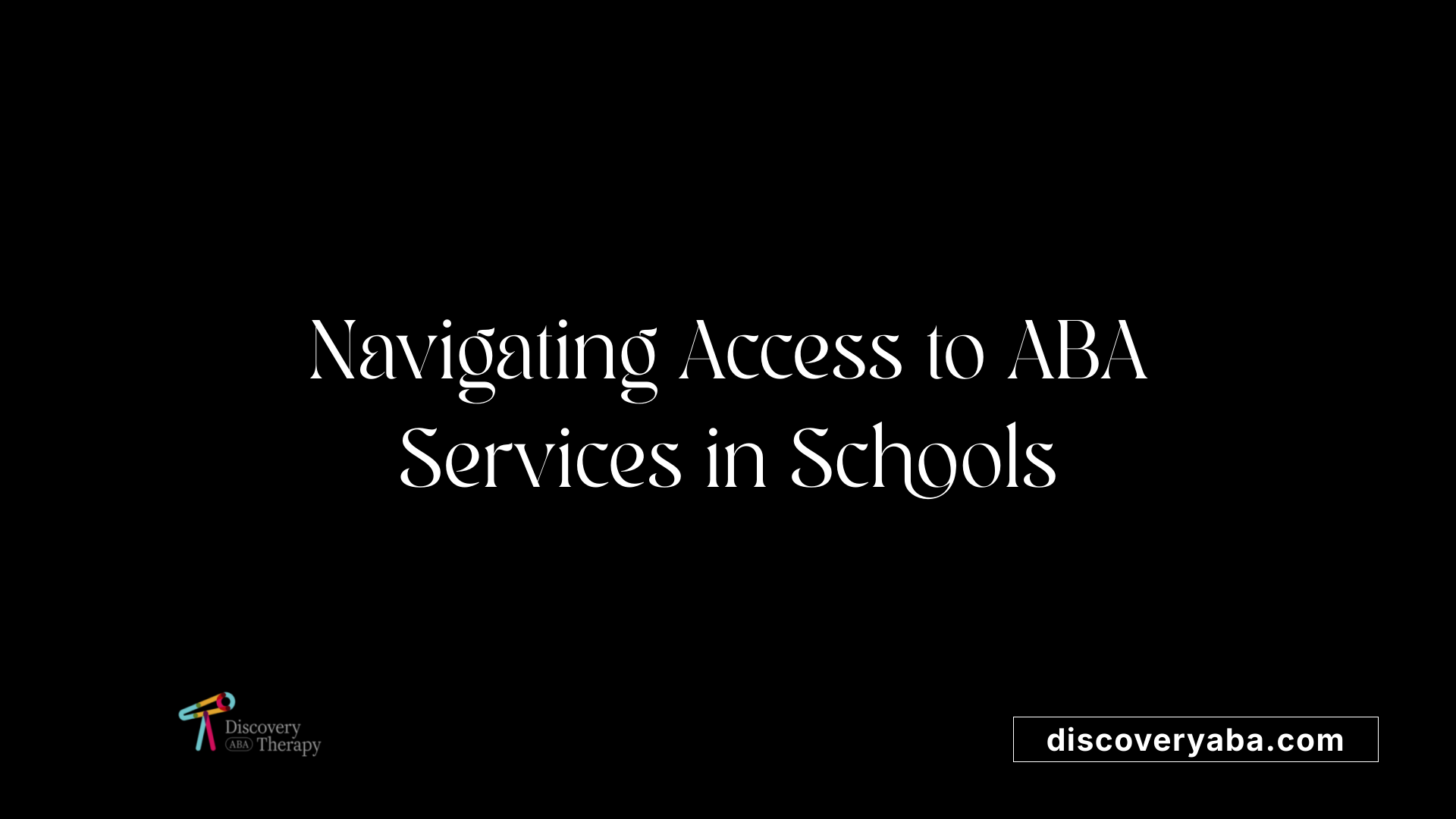
Do school districts provide ABA therapy for children with autism?
Many school districts are committed to providing ABA therapy for children with autism as part of their special education services. This is particularly crucial when such therapy is essential for the child to derive benefits from their education, as stipulated by the Individuals with Disabilities Education Act (IDEA).
To gain access to these services, a child must have an Individualized Education Program (IEP) that outlines ABA therapy as a necessary component for achieving educational success. Schools may cover the costs associated with this therapy, and it might also be eligible for funding through health insurance or government assistance programs based on the child's diagnosis and level of need.
How is IEP Development Related to ABA Therapy?
The development of an IEP plays a central role in determining the supports—like ABA therapy—required for children with autism. During the IEP meeting, parents, educators, and therapists collaborate to assess the child's unique needs and establish specific goals. Strategies are then outlined to integrate ABA therapy into the child's educational plan, ensuring the necessary support for their academic and social development.
Why is Parent and School Collaboration Important?
Collaboration between parents and school staff is essential in delivering effective ABA therapy. Parents can share insights about their child's strengths and challenges, while educators can report on progress observed in the classroom setting. This partnership ensures that the techniques learned through ABA are consistently applied at home and school, resulting in enhanced learning outcomes and greater independence for the child.
Through a commitment to collaboration, IDEA regulations, and adaptable IEPs, school districts are paving the way for children with autism to receive the support they need through ABA therapy.
Transition Services Facilitated by ABA
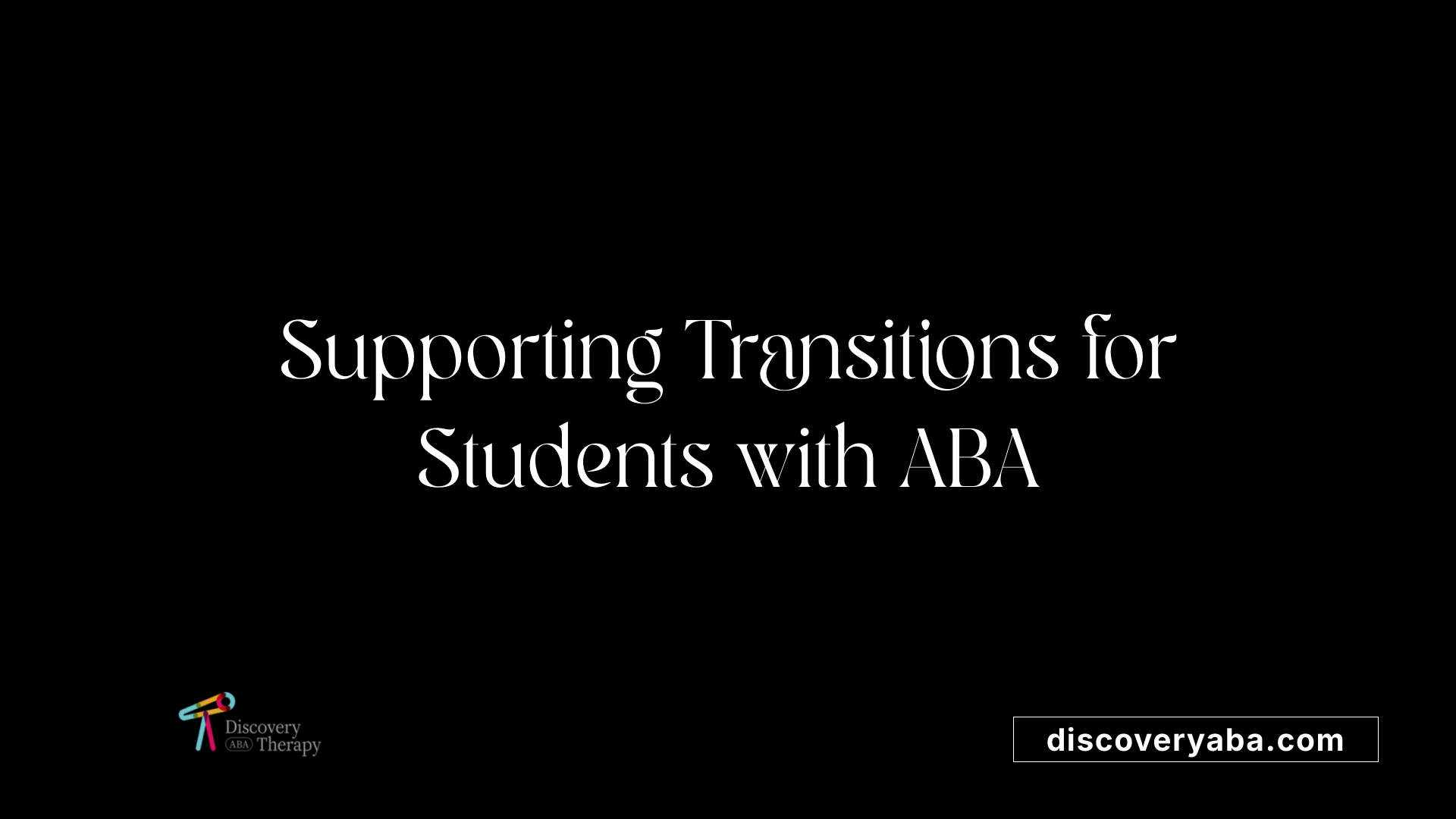
What role does ABA play in school-based transition services?
ABA, or Applied Behavior Analysis, plays a vital role in school-based transition services by providing evidence-based strategies that help students with disabilities prepare for life after school. It focuses on individualizing interventions to meet the specific needs and strengths of each student, facilitating smoother transitions to post-secondary education, vocational training, or employment.
Strategies for post-school success
ABA techniques are used to teach essential skills such as self-advocacy, social interaction, and daily living skills, which are critical for independence. For example, therapists may implement role-playing scenarios to practice social interactions, gradually preparing students to engage meaningfully in their communities.
Skill development for independence
Additionally, ABA helps to collect data on student progress, allowing educators and support staff to adjust interventions as needed to ensure successful outcomes. This deliberate tracking of progress ensures that the individualized education plans (IEPs) remain relevant and effective, ultimately promoting long-term success in post-school environments.
In summary, the integration of ABA therapy into transition services equips students with the necessary tools and skills to thrive beyond the classroom, nurturing their journey toward independence.
Collaborative Efforts Between Educators and Therapists
Collaboration Models Between Educators and Therapists
Collaboration between school staff and ABA therapists is essential for supporting children with autism. This partnership ensures that strategies implemented in therapy sessions translate effectively into the classroom. Educators and therapists can co-develop personalized education plans (IEPs) tailored to each child's needs.
Impact on Educational Outcomes
Studies show that when educators and therapists work together, educational outcomes improve significantly. Children with autism demonstrate enhanced learning, greater engagement, and improved behavioral skills. This integrated approach helps create a more inclusive classroom environment where all students thrive.
Communication with Families
Regular communication with families is crucial in this collaborative model. Therapists often provide training for parents on how to reinforce skills taught in school and during therapy. This partnership not only promotes consistency but also empowers families to advocate for their child's needs effectively.
| Collaboration Aspect | Description | Benefits |
|---|---|---|
| Educator-Therapist Partnership | Jointly developing IEPs to meet individual needs | Personalized support for each child |
| Shared Goals | Aligning educational and behavioral objectives | More effective intervention |
| Family Involvement | Training families on ABA techniques | Consistent reinforcement at home |
Enhancing Social Skills Through School-Based ABA
Social Skills Improvement Techniques
ABA therapy employs various methods to enhance social skills among children with autism. One effective technique is shadowing, where a peer or therapist models appropriate social interactions. By observing and imitating positive behaviors, children learn to navigate social dynamics in a supportive environment.
Real-World Practice for Students
School-based ABA therapy emphasizes real-world practice. Children participate in structured activities that mimic real-life social settings, helping them to translate lessons learned into everyday situations. This reinforces their abilities to engage with peers, fostering natural interactions that build confidence.
Role of Peer Interactions
Peer interactions play a significant role in developing social skills. ABA therapy encourages collaboration and friendship among students. By engaging in group activities, children not only practice their skills but also experience the social cues crucial for effective communication and relationship building, ultimately creating a supportive network.
Strategies for Emotional Regulation

Emotion Regulation Techniques
ABA therapy equips children with essential tools for managing their emotions effectively. Techniques include role-playing social situations and teaching self-soothing methods. These strategies empower children to express their feelings and reduce anxiety, particularly in school settings.
Visual Aids and Coping Strategies
Using visual aids, such as emotion charts and scenario cards, helps children understand and navigate their feelings. Coping strategies like deep breathing, counting, or using sensory toys provide immediate ways for children to manage stress and anxiety in school situations.
School Environment Applications
In the classroom, teachers can implement these emotional regulation techniques during routine transitions or challenging activities. By creating a supportive environment that incorporates these strategies, educators enhance not only individual student emotional resilience but also the overall classroom atmosphere. Encouraging positive emotional responses fosters a culture of understanding and inclusion for all students.
Measuring ABA Outcomes in Education Settings
Data-Driven Methods
ABA therapy relies heavily on data-driven methods that track children's progress over time. These approaches ensure that interventions are based on reliable evidence rather than assumptions, allowing therapists and educators to measure the effectiveness of techniques employed in the classroom.
Progress Assessments
Regular assessments play a vital role in determining how well students are adapting to the strategies set forth in their ABA plans. These can include behavioral observations, standardized assessments, and parent-teacher feedback, which collectively help in identifying improvements and areas needing more focus.
Adapting Individual Plans
As the therapy progresses, data collected informs any necessary adjustments to an individual’s plan. A personalized approach allows educators and therapists to fine-tune goals and strategies, ensuring they remain aligned with the child’s developing needs and abilities.
The Impact of ABA in Schools
ABA therapy has proven to be a pivotal element in creating supportive educational environments for children with autism. Through targeted interventions, collaboration among educators and therapists, and data-driven decision-making, ABA enables students to achieve academic success and develop vital social and emotional skills. As educational institutions continue to embrace these evidence-based strategies, they pave the way for more inclusive, effective learning experiences that empower every child to reach their full potential.
References
- The Role of ABA Therapy in Supporting Child with Autism During ...
- ABA Therapy at School: A Game-Changer for Children with Autism
- ABA Therapy: Supporting Children with Autism to Thrive
- Complete Guide on How ABA Facilitates School Readiness for ...
- ABA Therapy vs School: Making the Right Choice For Your Child
- ABA Therapy in Schools: School-Based ABA Services
- Applied Behavior Analysis (ABA) | Autism Speaks
- School-Based ABA Therapy Services - Bluesprig Autism
Find More Articles

How to Use Role-Playing in ABA Therapy for Skill Development

How to Handle Regression in Skills During ABA Therapy

How ABA Therapy Supports Social Communication Development

How to Find the Best ABA Therapy Provider for Your Child

How to Create a Reward System That Motivates Your Child in ABA Therapy

The Role of ABA Therapy in Preparing Children for Independent Living

How ABA Therapy Teaches Communication and Social Skills

How ABA Therapy Helps Develop Patience and Waiting Skills

How to Support Your Child’s Social Interactions Using ABA Techniques

How ABA Therapy Addresses Anxiety and Fear Responses in Children

The Role of Play-Based ABA Therapy in Skill Development

How ABA Therapy Helps Build Confidence in Children with Autism

The Benefits of Center-Based ABA Therapy for School Readiness

The Role of ABA Therapy in Building Emotional Intelligence

How to Use Differential Reinforcement in ABA Therapy

Exploring Different ABA Techniques and Strategies

How to Prepare for IEP Meetings When Seeking ABA Therapy Support

How to Use ABA Therapy to Develop Resilience and Coping Mechanisms

How to Work with ABA Therapists to Set Realistic and Achievable Goals

How to Recognize Burnout in ABA Providers and Address It

The Connection Between ABA Therapy and Improved Social Skills

How ABA Therapy Helps Address Aggressive Behaviors
.jpeg)
Does Processed Food Cause Autism?

The Benefits of ABA Therapy for Adolescents with Autism

How to Reinforce ABA Strategies at Home for Consistent Progress

How to Create a Positive Learning Environment at Home with ABA

Autism And Dementia: The Connection and Differences

How ABA Therapy Supports a Lifetime of Learning and Growth

The Role of Functional Behavior Assessments in ABA

How ABA Therapy Helps with Anger Management Skills

How to Address Food Selectivity Using ABA Techniques

How ABA Therapy Supports a Smooth Transition to Middle and High School

How to Address Perseveration in ABA Therapy

The Role of Social Reinforcers in Motivating Positive Behavior

How to Navigate the Transition from ABA Therapy to School Support Services

How to Address Overstimulation and Meltdowns Using ABA Techniques

ABA for Anxiety in Adolescents with Autism
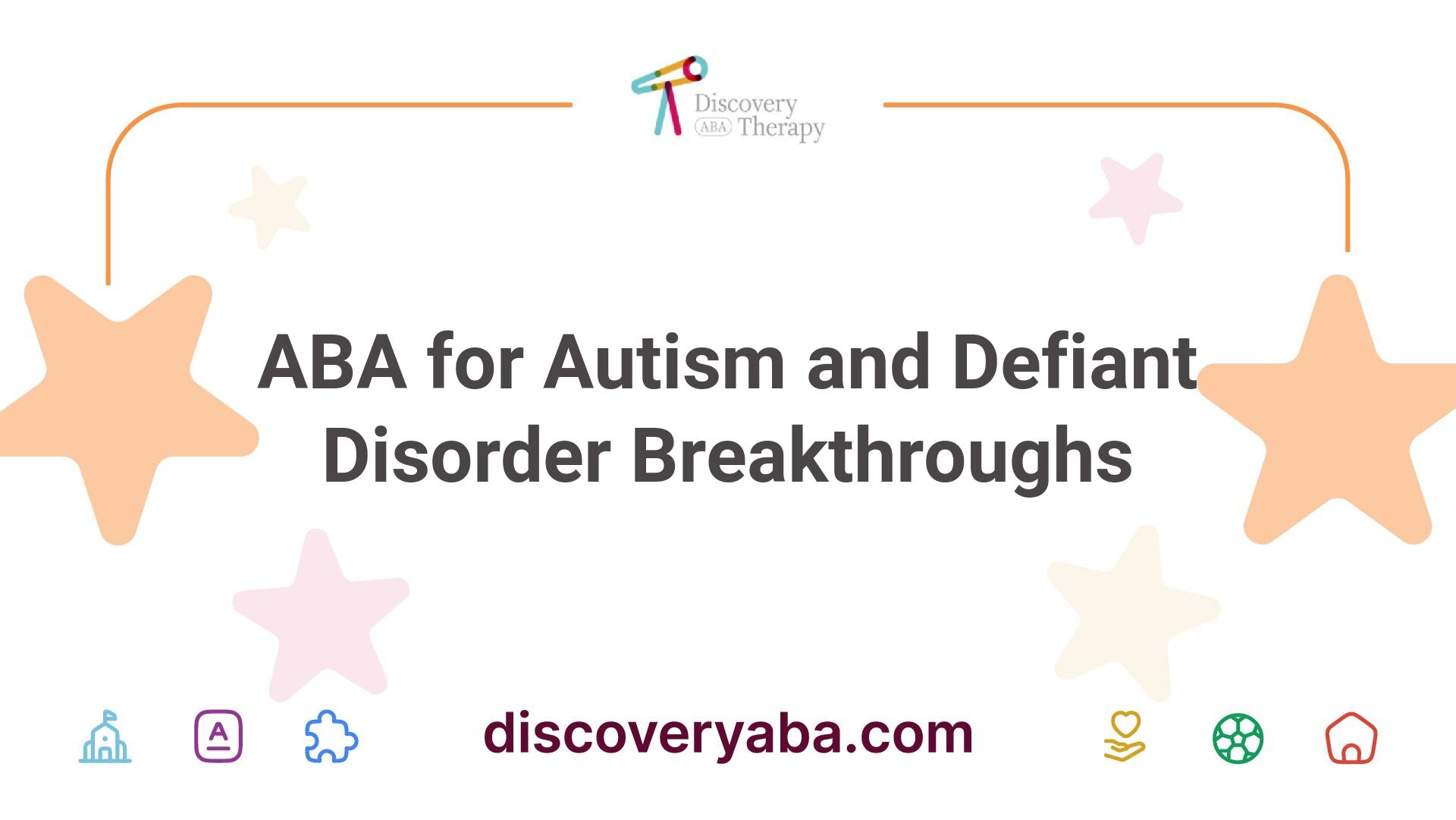
ABA for Autism and Defiant Disorder Breakthroughs

ABA for Behavioral Challenges in Autism

ABA for Picky Eating in Autism

ABA Intervention Techniques

ABA Reinforcement Methods

ABA Session Plans
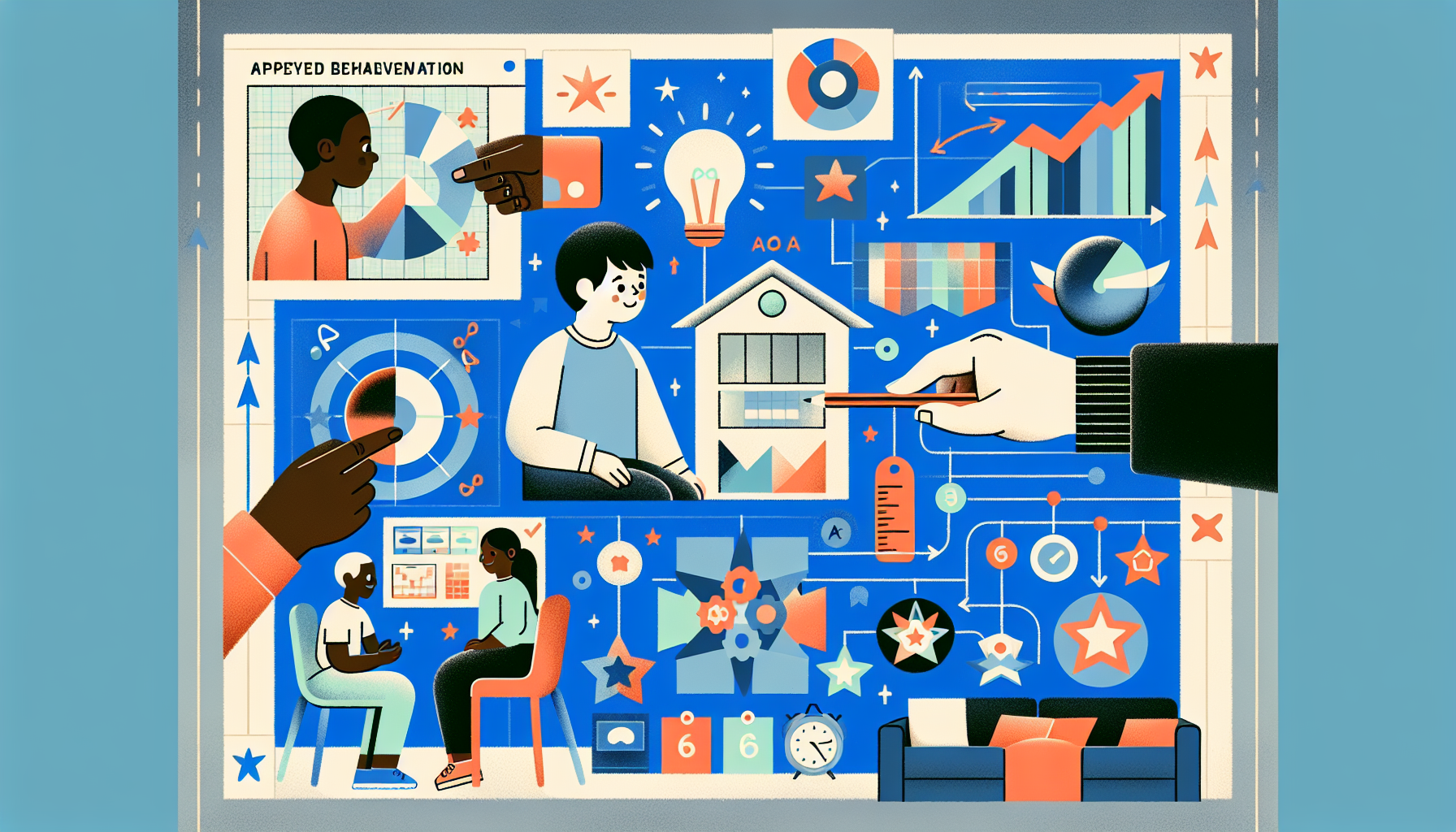
ABA Strategies for Behavior Modification
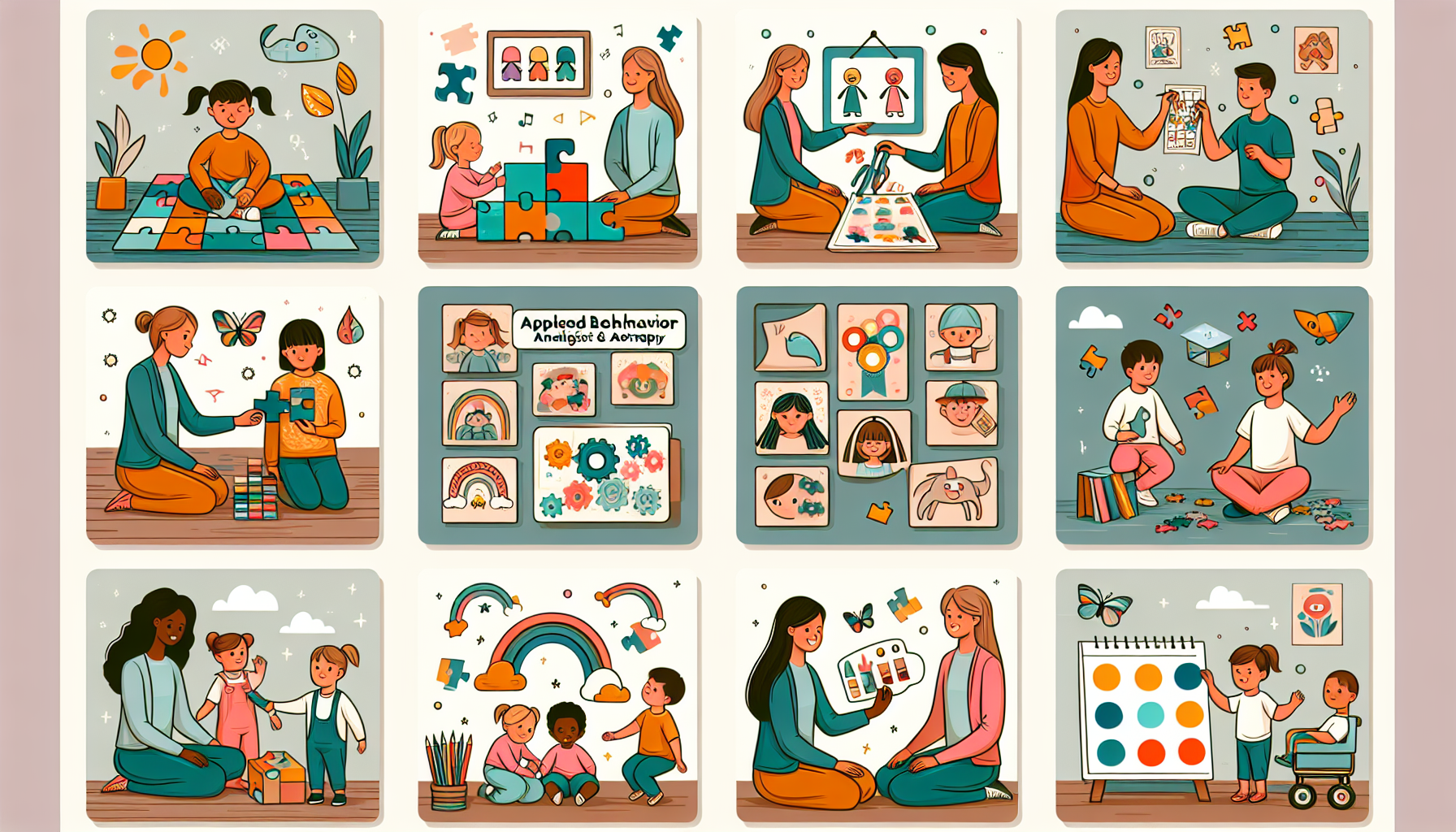
Innovative ABA Therapy Activities for Growth
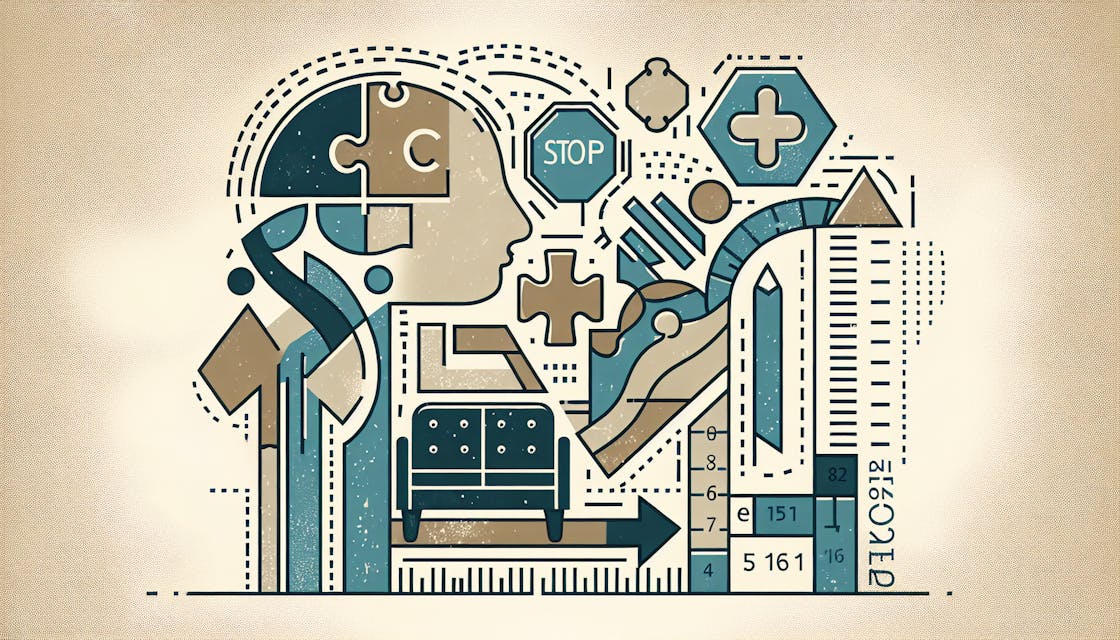
Exploring the ABA Therapy Age Limit Guidelines

ABA Therapy and Behavioral Assessment

ABA Therapy and Developmental Delays
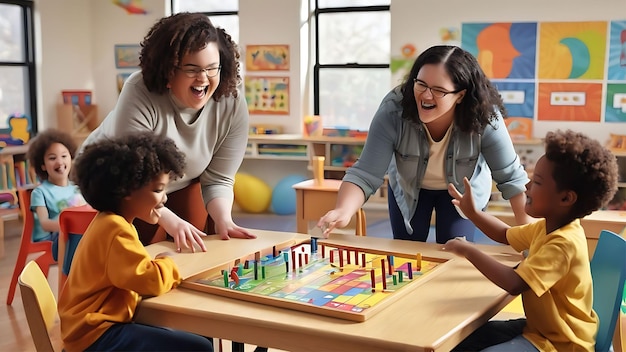
ABA Therapy and Leisure Skills

ABA Therapy and Self Advocacy Skills
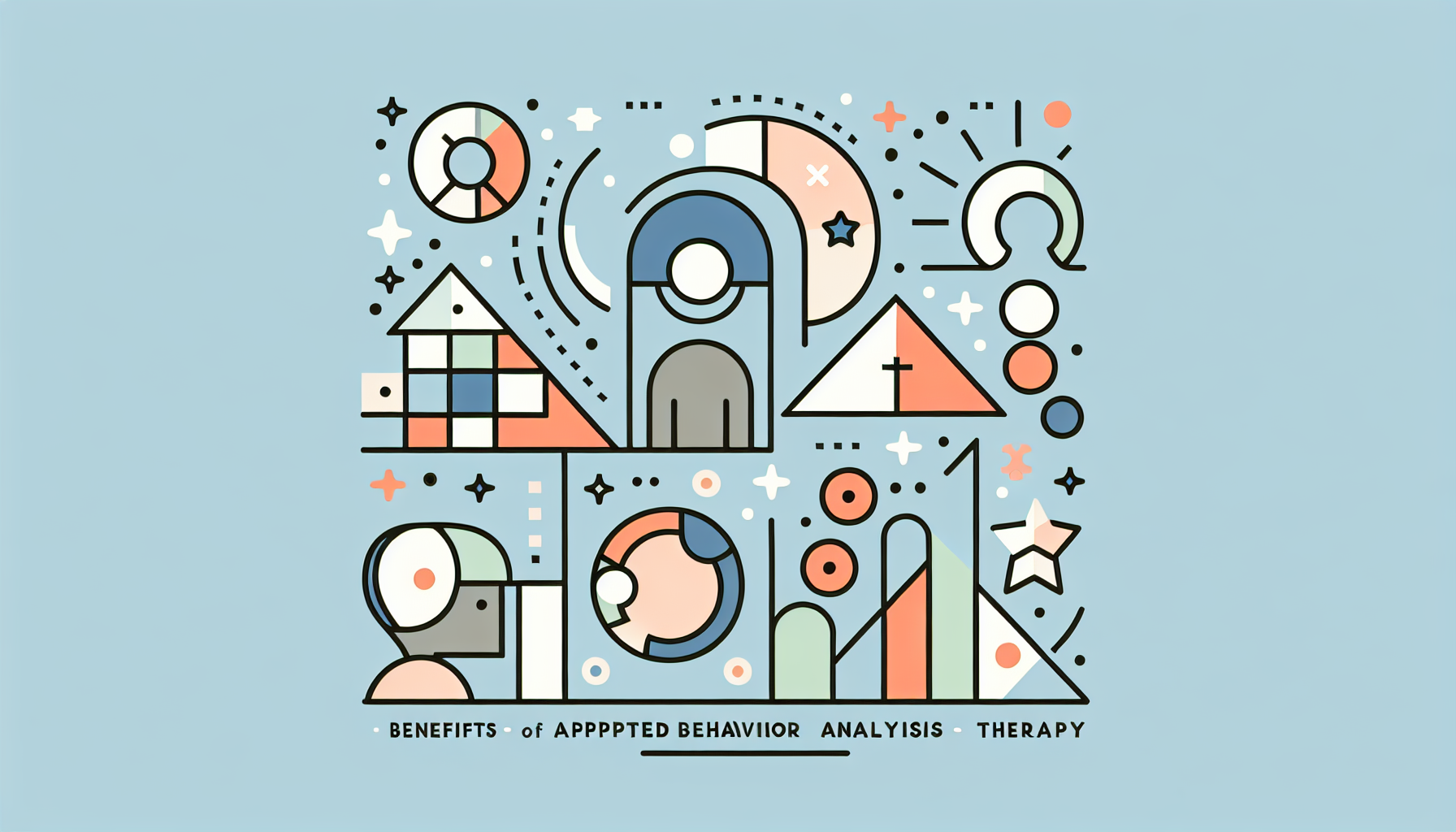
ABA Therapy Benefits

ABA Therapy for Autism Behavioral Health Programs

ABA Therapy for Autism Development Centers

ABA Therapy for Autism Treatment Services

ABA Therapy for High-Functioning Autism

ABA Therapy for OCD in Autism

ABA Therapy for Sensory Overload
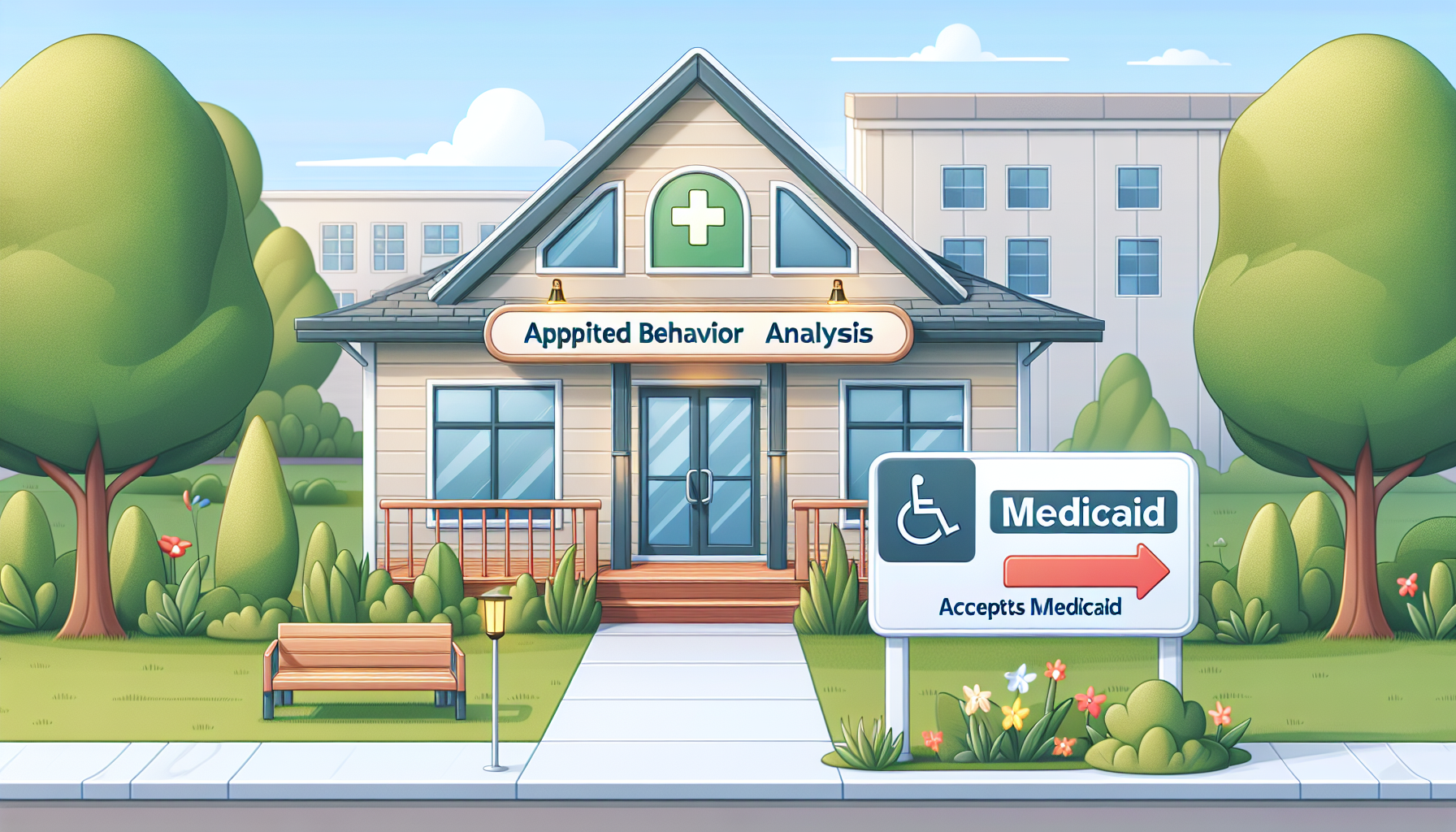
ABA Therapy Near Me That Supports Medicaid

ABA Therapy Online Resources

A Closer Look at ABA Therapy Toys

ABA Therapy Training for Parents Unveiled

Actors with Autism
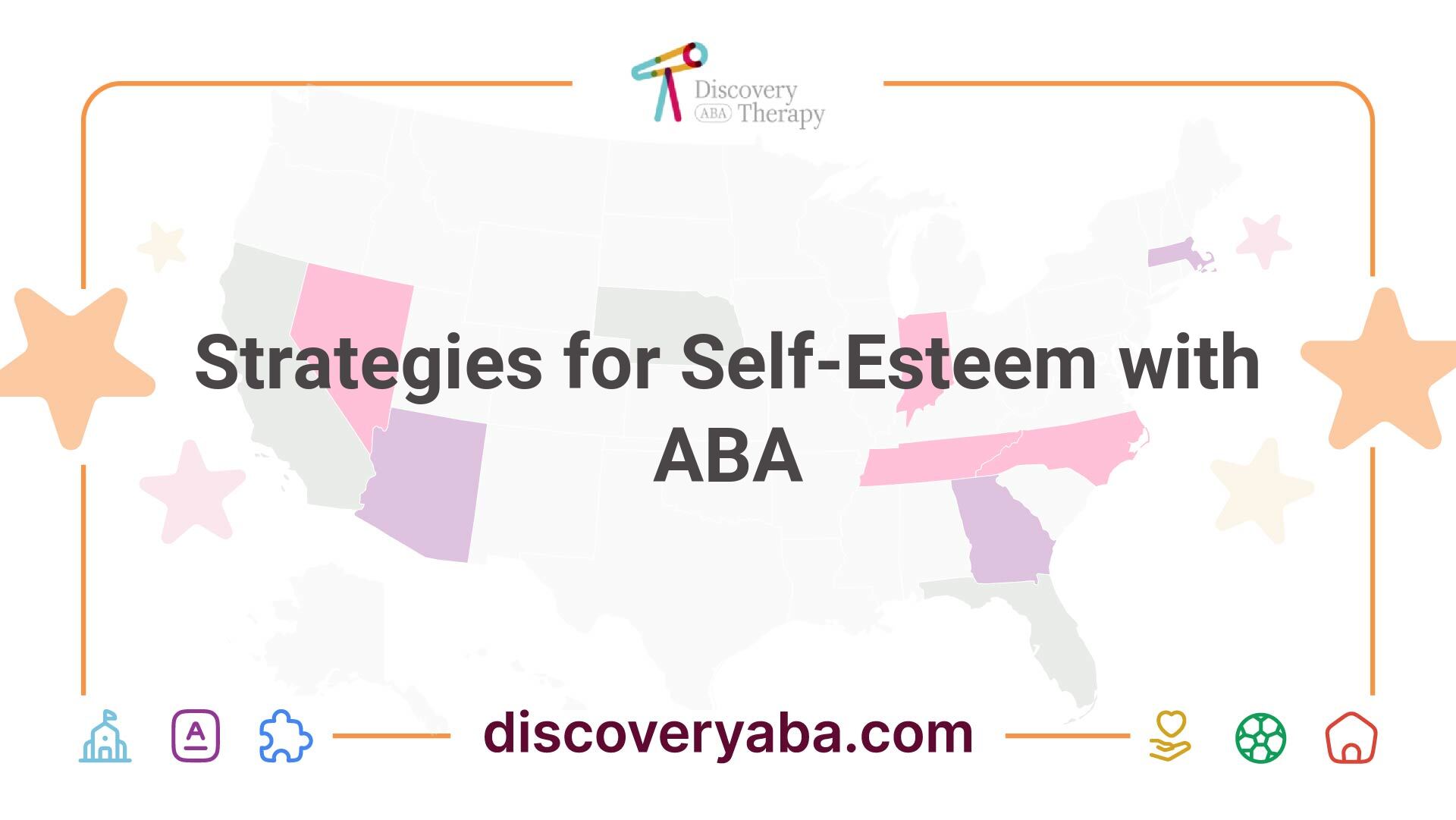
Strategies for Self-Esteem with ABA

Addressing Sensory Aversion in Autism

Addressing Sensory Seeking in Autism

Exploring Autism and Alternative Treatments: Alternative Paths to Progress

Exploring the Impact of Biomedical Interventions on Autism
.jpeg)
Autism And Bipolar Disorder

Exploring Complementary Therapies for Autism

Exploring the Impact of Equine Therapy on Autism: From Horses to Hope
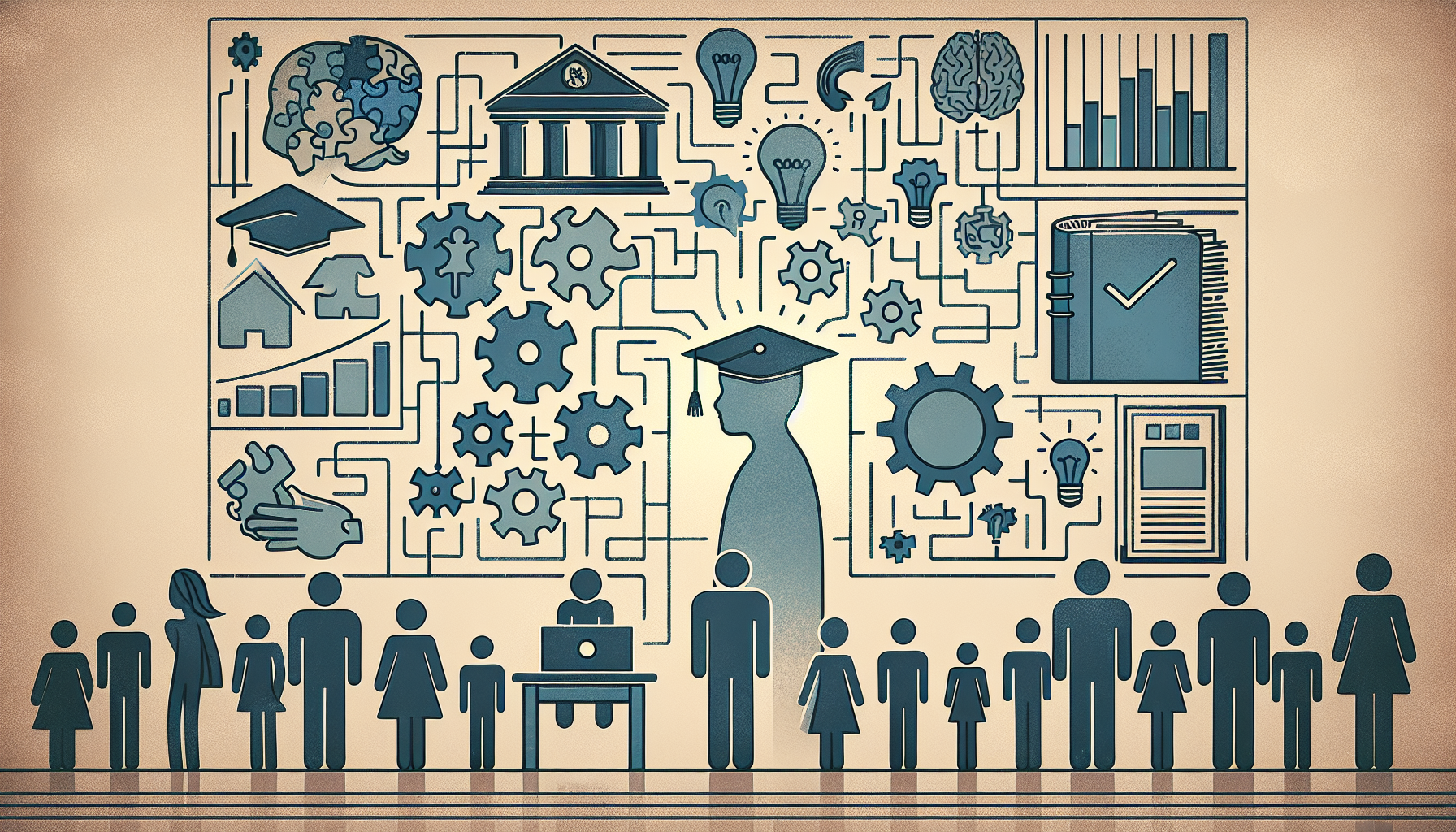
The Role of Postsecondary Education in Autism: Empowering Independence

Autism and Public Speaking

Therapy Animals and Autism Support: From Companions to Healers

Empowering Autism Through Vocational Training: Unlocking Potential

The Healing Effects of Autism Art Therapy
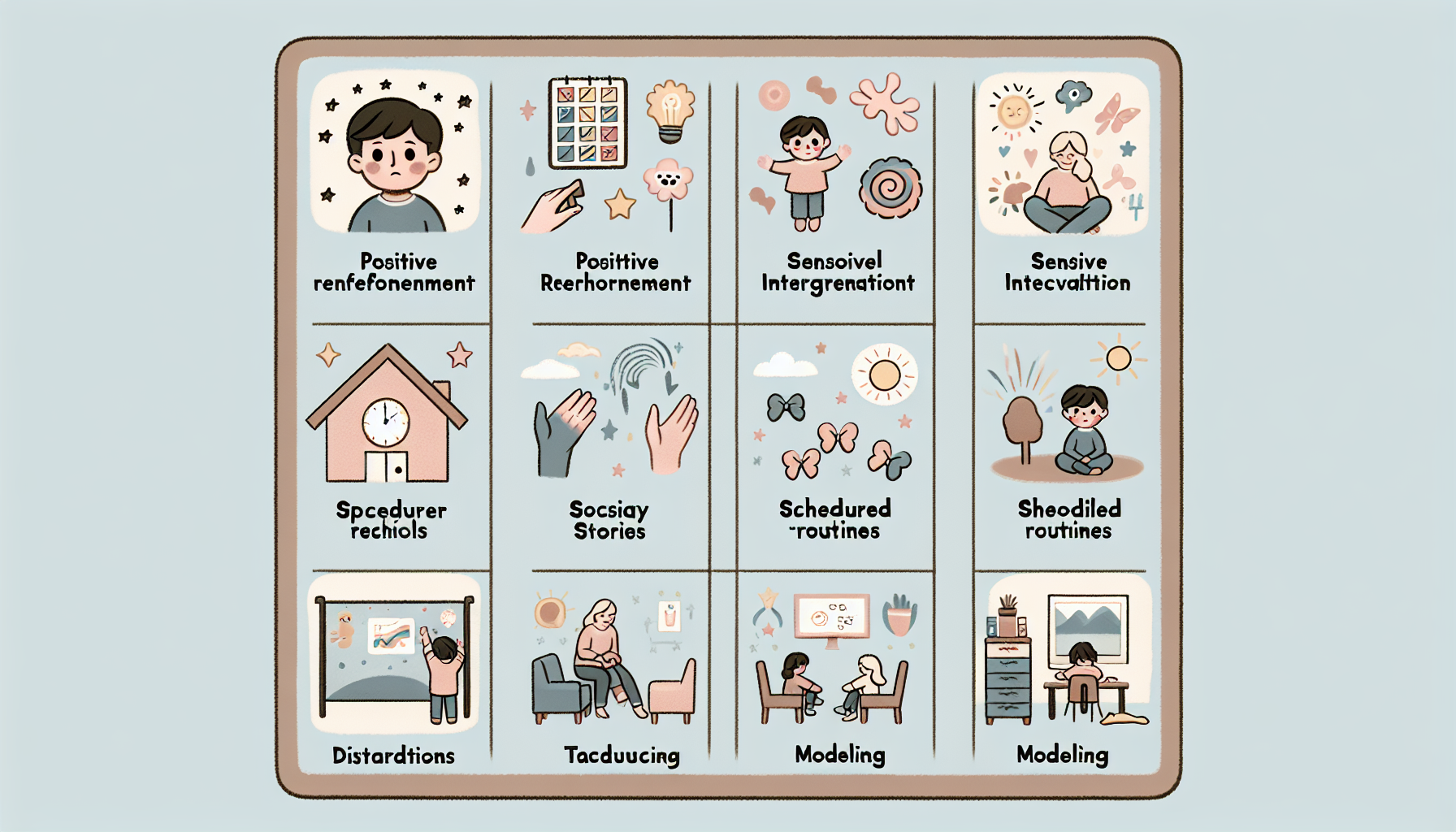
Unlocking the Key: Autism Behavior Strategies for Success

Autism Caregiver Services Near Me in the USA
.jpeg)
Understanding Autism Complications
.jpeg)
Autism Develop Planning and Organizational Skills

Tracking Autism Developmental Milestones
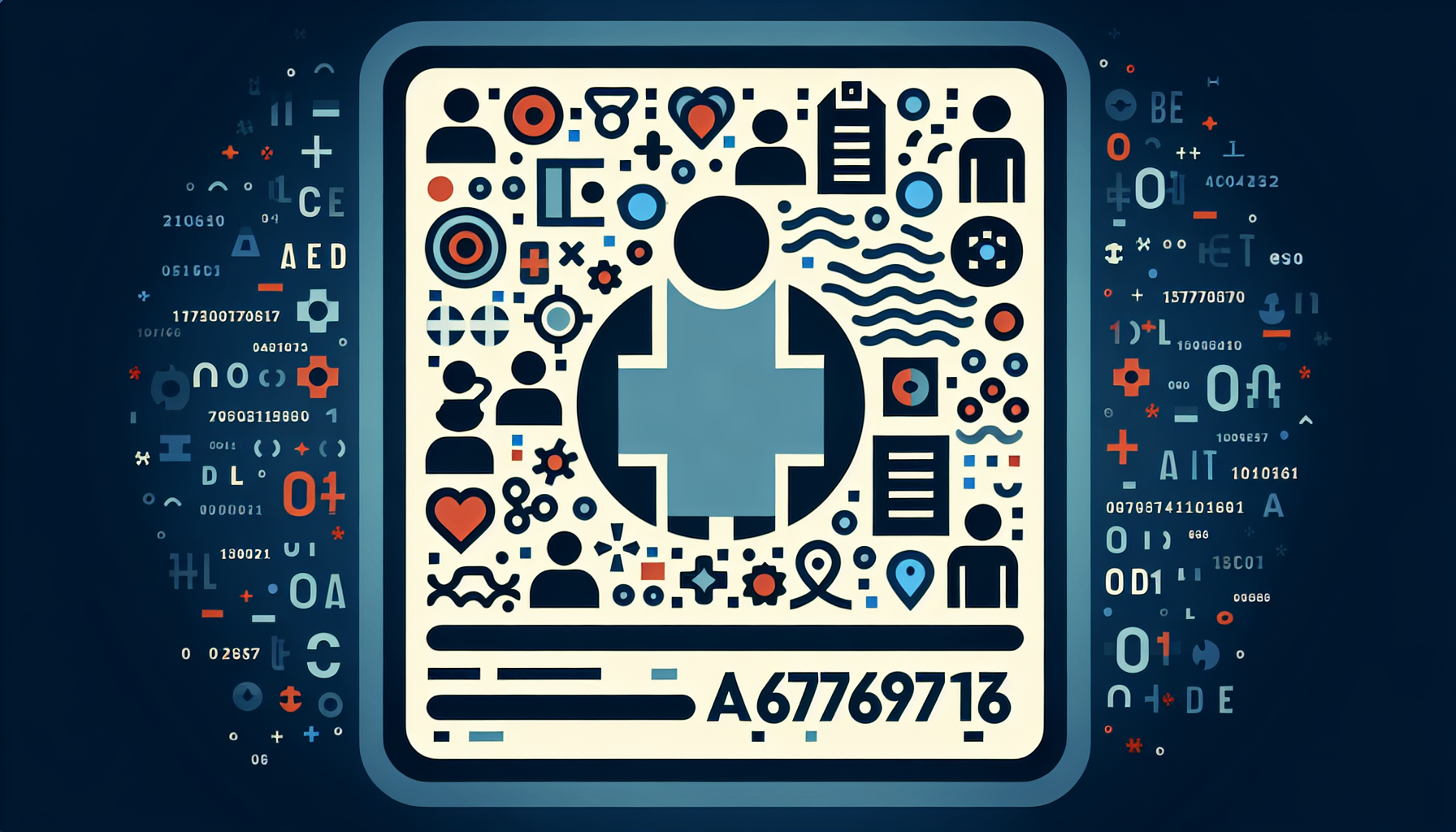
The Key to Understanding Autism: The Diagnosis Code Unveiled

Autism During Pregnancy: Signs & Prevention
.jpeg)
Autism Grants: Financial Support for Individuals

Autism Holistic Support for Well-being

Key Autism Life Skills Unveiled

Addressing Autism Prevalence in the State

The Role of Routine and Structure in Autism
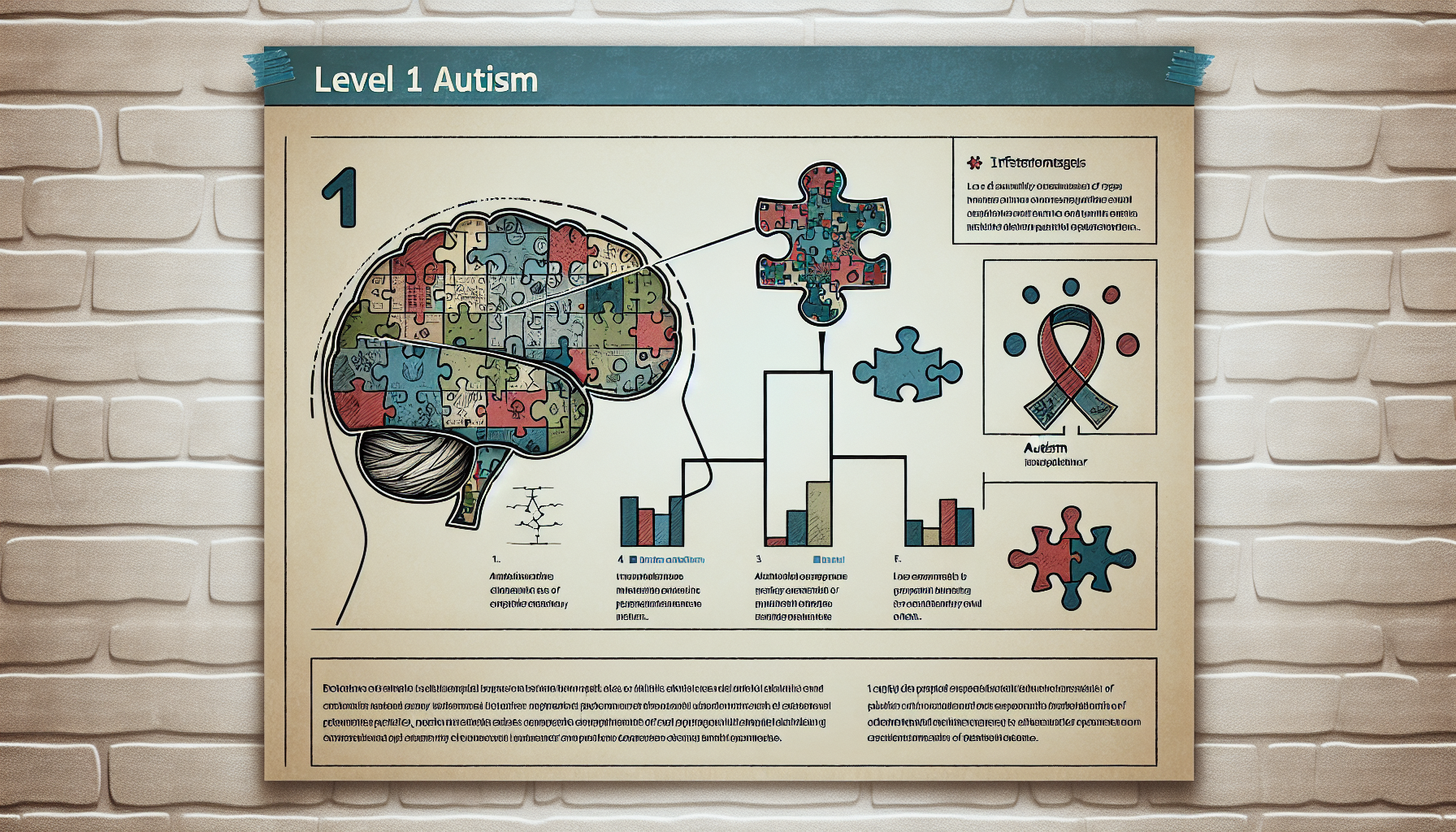
Demystifying Autism Spectrum Disorder Level 1 Symptoms

Silent Struggles: Confronting the Reality of Autism Speech Delay

Understanding Autism Stimming Behaviors
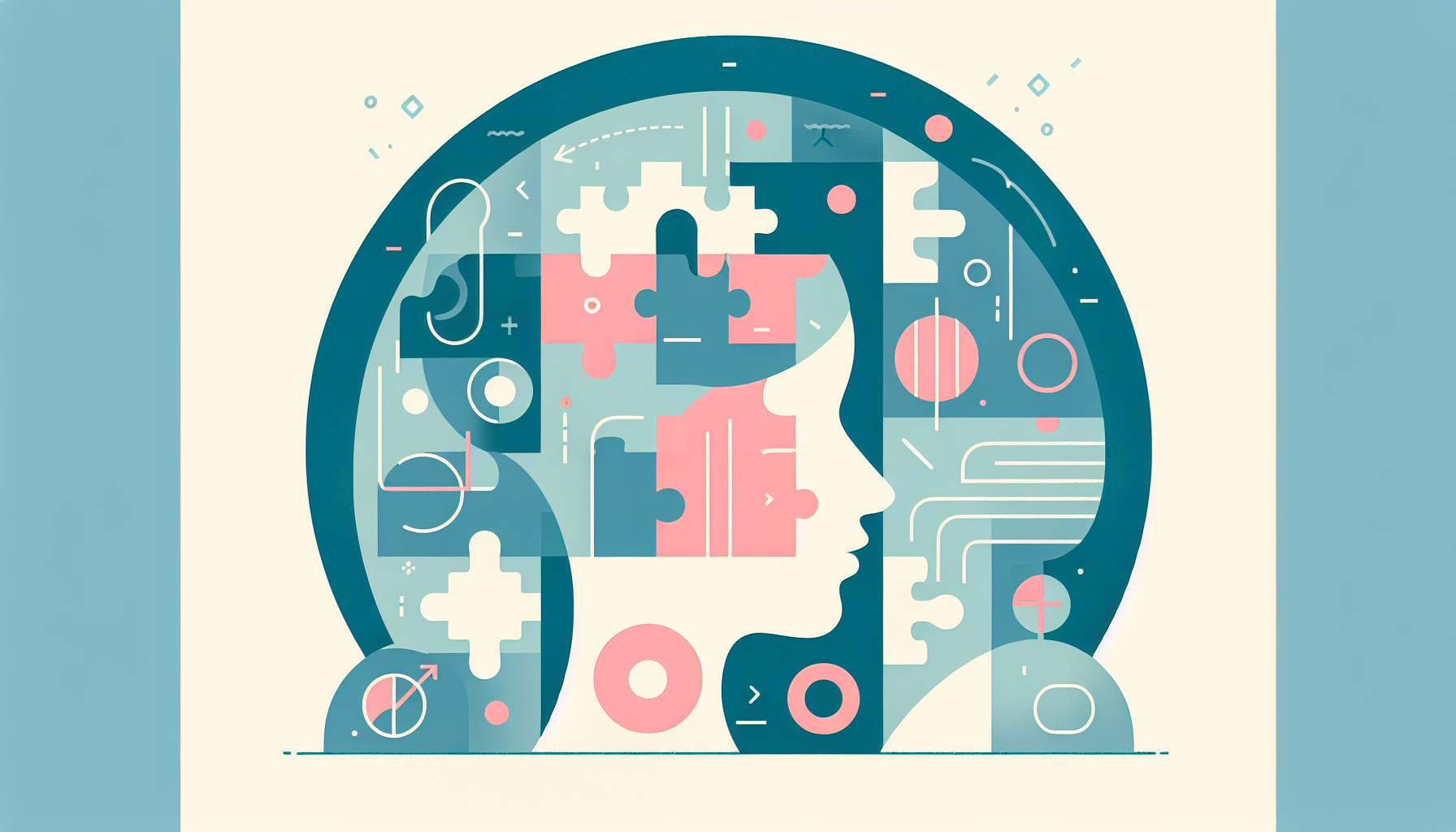
Autism Symptoms in Girls

Best Autism Toys for Toddlers Available

Thriving as an Autistic Young Adult

Is Your Autistic Adult Child Ready to Move Out?

How Art Therapy Benefits Individuals with Autism

Benefits of Music Therapy for Autism

Benefits of Play Therapy for Autism Explored

Navigating the Best ABA Therapy Near You

Borderline Autism in Adults
Contact us
North Carolina, Tennessee, Nevada, New Jersey, Utah, Virginia
New Hampshire, Maine
Massachusetts, Indiana, Arizona, Georgia
.avif)

